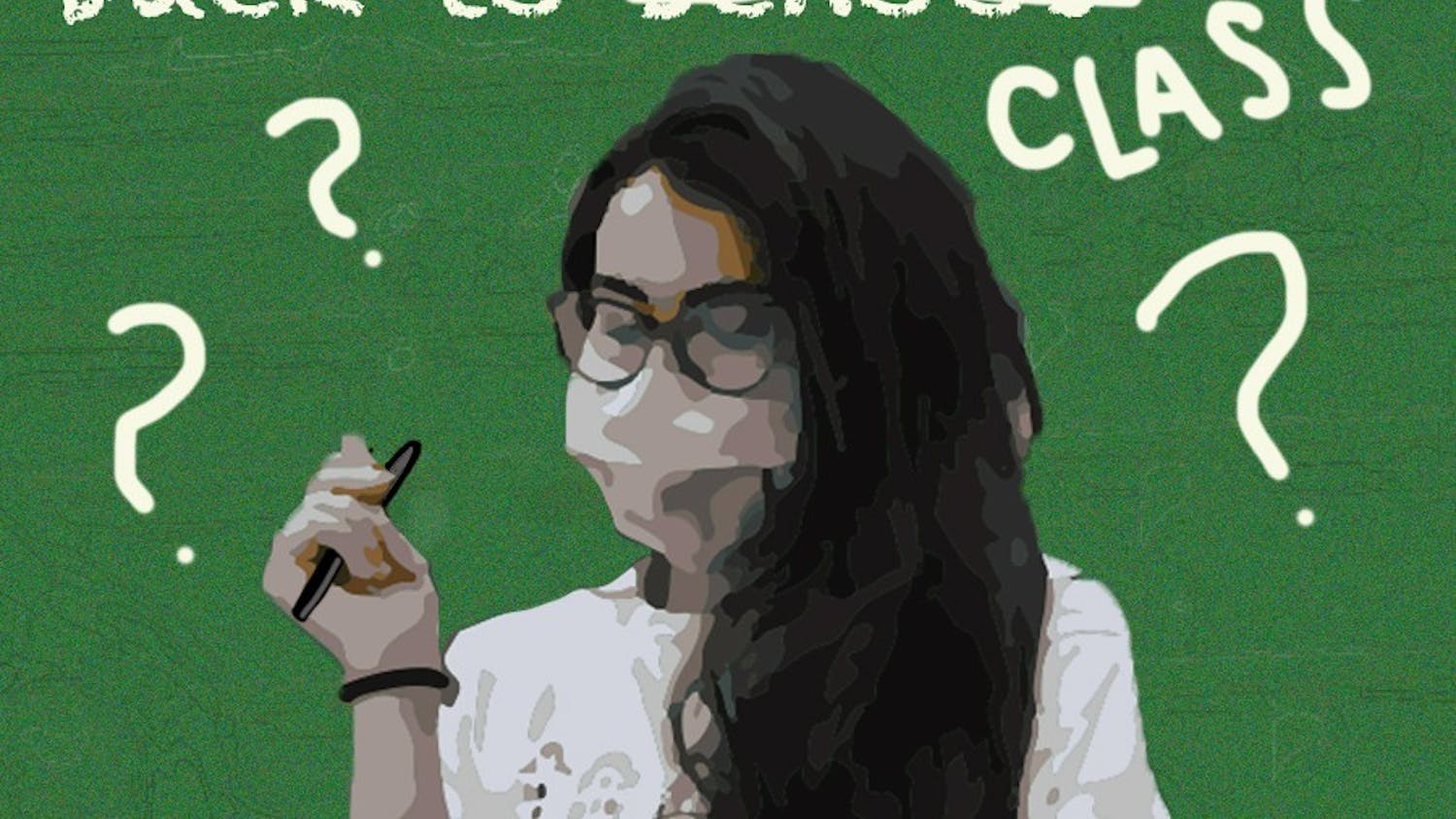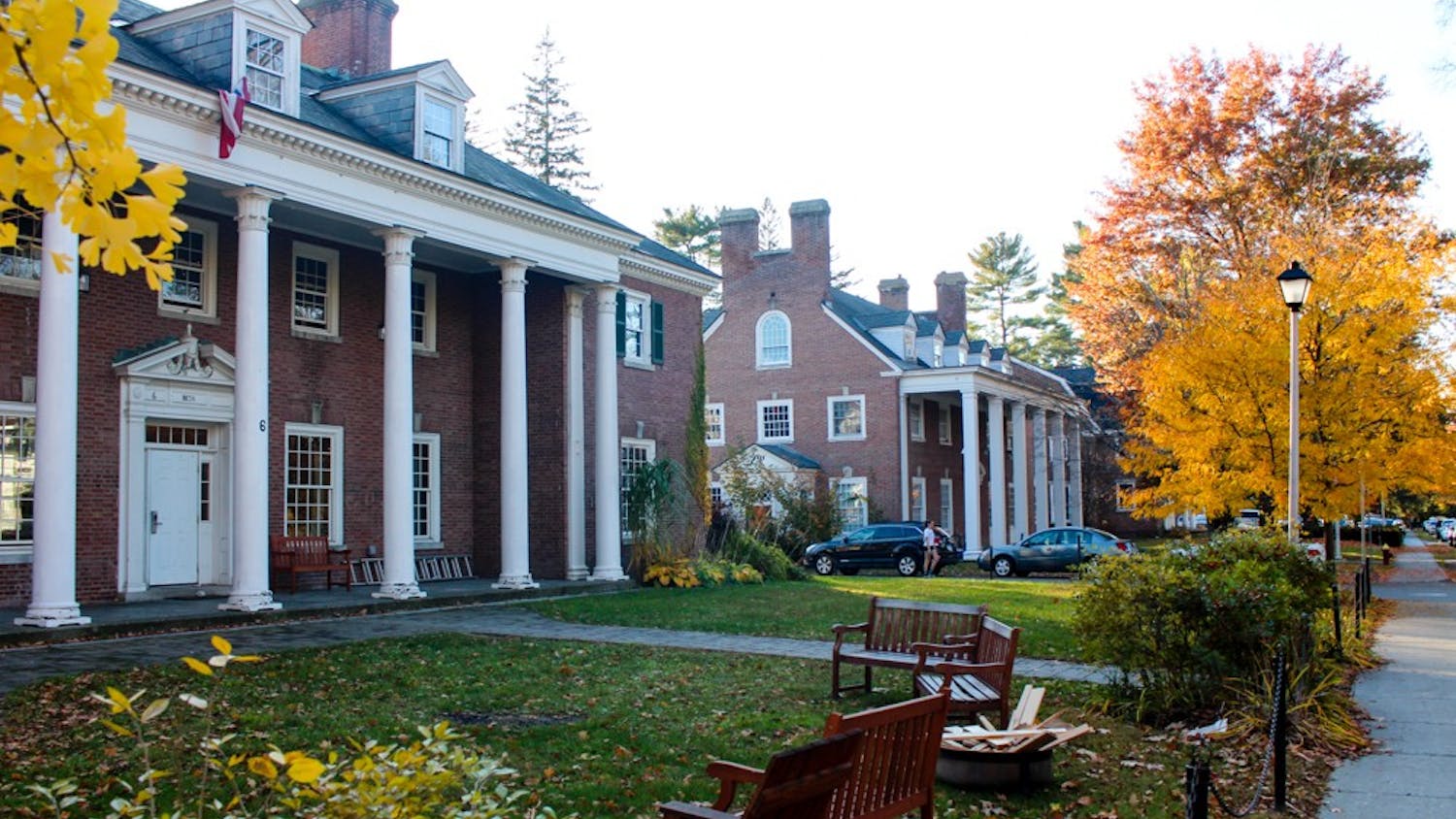This winter, students will once again have few opportunities for on-campus instruction, with about 1% of course section offerings available fully in person. Only eight undergraduate courses will have at least one section with fully in-person instruction in the winter, down from 10 offered fully in person this fall.
Over 700 course sections are being offered this winter, excluding individualized study courses. The Registrar has stipulated that faculty may choose between four course delivery methods: remote with synchronous components, remote and entirely asynchronous, remote with optional on-campus components and on campus subject to limitations. Individualized study courses with single students may be offered online or in person.
Excluding graduate courses, 21 sections are being taught remotely with on-campus components, 671 are being offered remotely with synchronous components and 25 are remote and entirely asynchronous. An additional 193 courses are classified as individualized study.
Courses must adhere to the Registrar’s in-person instruction requirements, which have remained unchanged from fall term. All courses are required to be remote for at least the first two weeks of the term in order to accommodate the College’s 14-day quarantine requirements. Courses with on-campus sections must have “the same core educational elements” in an in-person format as they do remotely, and “all required materials must be fully accessible to all students,” according to the Registrar’s guidelines.
This fall, the class schedule was modified — passing periods were extended from 15 to 20 minutes — to allow custodial staff extra time to sanitize classrooms and to ensure students’ safe entry and exit of buildings. Associate vice president of facilities, operations and management Frank Roberts said the College has not considered switching back to the previous schedule. Roberts added that any changes to the number of buildings used for instruction and building occupancy restrictions will be decided in a couple weeks.
Vice chair of the economics department James Feyrer explained that while individual professors can decide whether to teach on campus, subject to occupancy limitations, not all professors who want to teach on campus will be able to, as not all courses can easily be taught equitably in different formats.
While not an option for some smaller departments, departments with large introductory classes can choose to have an in-person section and a remote section, Feyrer said. For instance, economics professor Marjorie Rose was able to teach ECON 22, “Macroeconomics,” on campus this fall, he said, largely due to the fact that ECON 22 had four separate sections. Half were assigned to Rose for on-campus instruction, and the rest were assigned to economics professor Diego Comin for remote instruction.
“[With different sections,] we didn’t need to worry about those experiences being identical or matched, and we were able to accommodate people who were on campus and off campus,” Feyrer said.
Professors with small classes may also have an easier time teaching in person. Feyrer will be instructing ECON 82, “Advanced Topics in Macroeconomics,” on campus this winter, despite being the only professor for the course — a decision he said was feasible because registration typically falls between five and 10 students, allowing him to adequately support the small number of students who may be taking the class remotely.
Several professors will be instructing a course on campus for the first time this winter. Economics professor Bruce Sacerdote, who will be teaching ECON 66, “Topics in Money and Finance,” said that despite the added challenge, he will offer separate on-campus and remote sections of the same course. He explained that splitting up the sections by delivery method is simpler logistically than attempting to mix in-person and remote students in the same section.
“I’m sure it’s going to be extra effort having [the class] in two modes, but I’m totally happy to put in that extra effort,” Sacerdote said. “I feel the undergraduates are worth it and I want to give them the best experience I can.”
Before the pandemic, the class-year composition — the number of students from each class who take a course — of some classes has been fairly predictable, depending on how advanced the course is and the number of prerequisites it requires. In deciding between the course delivery modes, several professors said they considered the likelihood that students who typically take their course would be able to reap the benefits of in-person instruction.
For example, some freshmen-heavy courses that were taught on campus this fall will transition to remote learning as freshmen are not permitted to live on campus in the winter. This fall, the department of Spanish and Portuguese offered five introductory Spanish courses remotely with on-campus components. This winter, however, none will have an in-person element as freshmen will not be on campus, according to Spanish professor and language program director Roberto Rey Agudo.
Apart from the fact that there will be fewer freshmen on campus, the composition of students living on campus this winter is uncertain given that no class received priority for winter term.
Students may only elect to take a section of a course with in-person components if they have been approved for on-campus enrollment — either from receiving priority earlier this year or from being confirmed off the winter term waitlist, which prioritized students who had previously only been approved for summer 2021. On Oct. 21, Dartmouth informed students on the waitlist of whether they had been confirmed, only two days before the College’s academic timetable was released.
Computer science professor Lorie Loeb, who is teaching a section of COSC 25.01, “Intro to UX/UI Design I,” remotely with on-campus components this winter, said it is “tricky to figure out class enrollment” in part due to confusion surrounding the waitlist. Loeb explained that her class must have an enrollment figure divisible by four because students will be split up into lab groups of four students each.
Loeb described challenges in figuring out which students would be eligible for the on-campus components of the course as students continue to solidify their winter enrollment plans and their course loads simultaneously.
“People who have gotten rid of an in-person component probably did because it’s a nightmare to work out class enrollment,” Loeb said.
Professors also had to consider the safety of winter instruction, as many public health experts predict a second wave of COVID-19 in the winter.
Loeb said the prospect of teaching in the winter is “scary” since the freezing weather normally brings with it student illness and the inability to go outside for long periods of time. She said that in the event of a campus outbreak, the transition to remote instruction would be relatively easy.
Thayer School of Engineering associate dean of undergraduate education Doug Van Citters wrote in an email statement that engineering courses have been designed to seamlessly transition to entirely remote instruction if necessary.
“We’ve been careful to make these in-person components complementary and not necessarily central to the learning objectives, in the off chance that we have to cease in-person work again,” Van Citters wrote. “Our changes will be durable in the winter, and I think it will be a little more efficient to implement new activities now that we have robust protocols in place.”
Despite the uncertainty surrounding winter term, Sacerdote expressed optimism about what the College has been able to offer students amid the pandemic.
“Dartmouth is doing the best it can to offer the best experience, and it’s honestly impressive [the College] managed to open,” he said.




